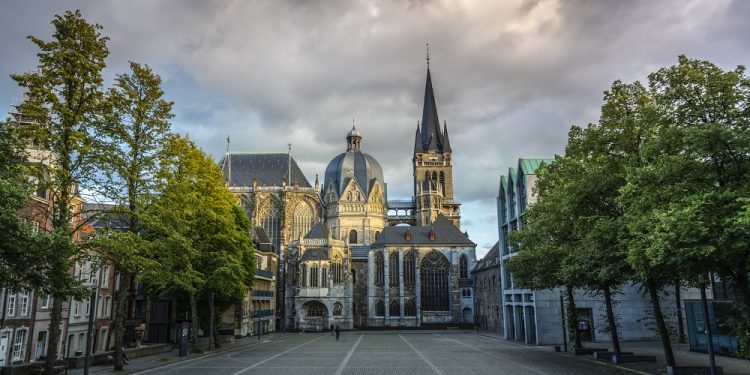
European Heritage Days
European Heritage Days is an event co-organized by the Council of Europe and the European Union and takes place during the month of September. This event was originally launched in 1985 and has been growing in popularity ever since. Nowadays, it is one of the most widely celebrated cultural events observed around Europe.
Over the course of this event, thousands of historical and cultural sites and monuments open their doors to the public—even ones that are normally off-limits throughout the rest of the year. This results in over 20 million people a year visiting thousands of rarely opened and visited sites during the run of this event.
The History Of European Heritage Days
This event originally began in 1984 in France and started with “Open Day in Historic Monuments” or “La Journée Portes ouvertes dans les monuments historiques.” This event was sponsored by the Ministry of Culture for France that year.
The following year, the French Minister of Culture, appearing at the 2nd European Conference of Ministers in Granada, proposed that the project be celebrated all over Europe and organized under the Council of Europe.
In 1987, the Netherlands held its open event, and this was followed by Sweden and Ireland in 1989. Scotland and Belgium opened events in 1990. In 1991, all of these different events would be organized as European Heritage Days by the Council of Europe and this would be further supported by the European Union.
Over the next 19 years, 50 signatory states had joined European Heritage Days. Today, this event is one of the largest cultural events celebrated across Europe.
The Purpose Of This Event
There are a number of reasons why this event was initially observed and continues to be observed to this day. Below are the reasons why this holiday event is so important:
- This event raises awareness about the cultural diversity and richness across Europe.
- This event is designed to counter xenophobia and racism by encouraging tolerance of other cultures across Europe.
- This event is designed to stimulate interest in the cultural heritage of Europe.
- Inform the public about the importance of protecting the cultural heritage of Europe.
- Some Random Facts About European Heritage
- Below are some of the interesting and decidedly random facts we’ve uncovered about European heritage as we researched this holiday.
- One of the first UNESCO World Heritage Sites was Aachen Cathedral in Aachen, Germany. It was inscribed in 1978.
- Bill Altaffer claims that he has visited over 700 World Heritage Sites.
- Over 20 million people visit heritage sites during European Heritage Days.
Observing European Heritage Days
Anyone wishing to observe European Heritage Days can do so by visiting one of the thousands of cultural sites all across Europe. People can plan their itinerary by visiting the website of European Heritage Days and find out which events they want to participate in.
Those people observing this event can spread the word about it by using the hashtag #EuropeanHeritageDays on their social media accounts.








